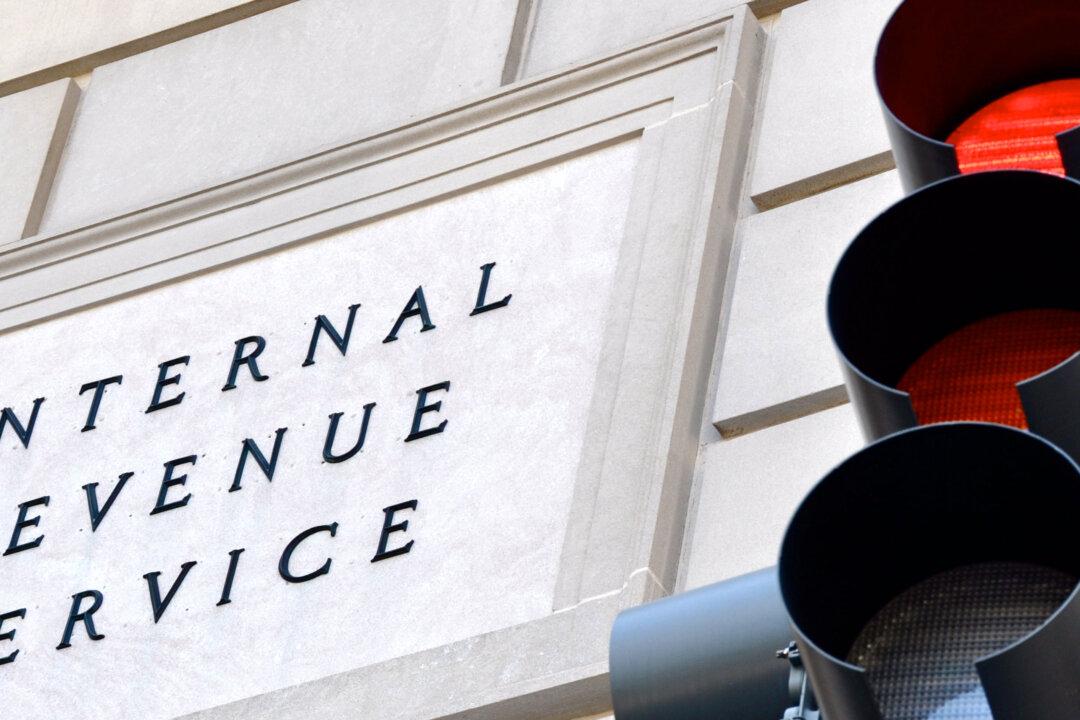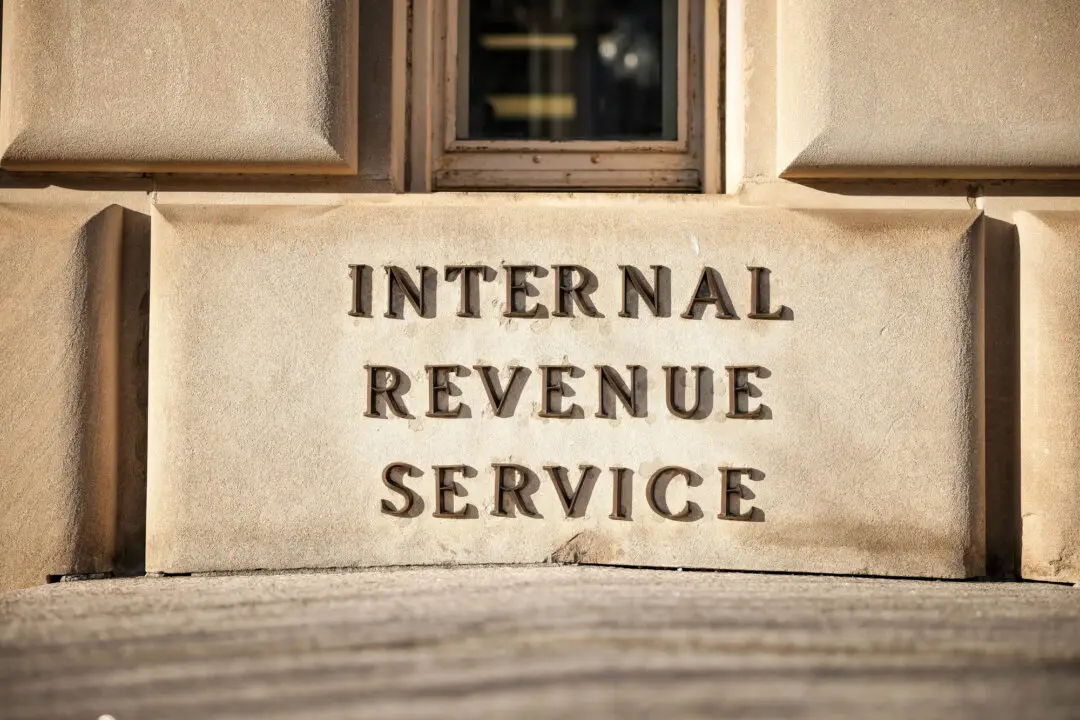The Internal Revenue Service (IRS) has announced that it’s extending tax relief for farmers and ranchers who had to sell livestock due to drought, giving them more time to replace the livestock and defer tax on any gains from the forced sales.
The 12-month extension is being granted to eligible farmers and ranchers in 49 states, the District of Columbia, and two U.S. Territories, as listed in a Sept. 27 notice (pdf).





